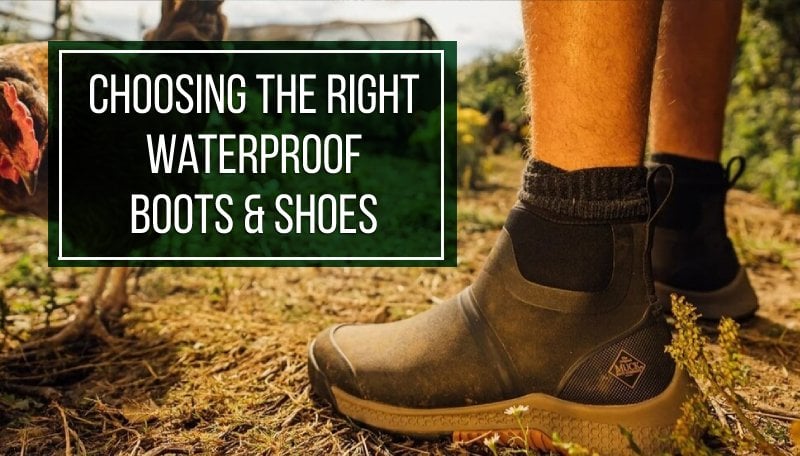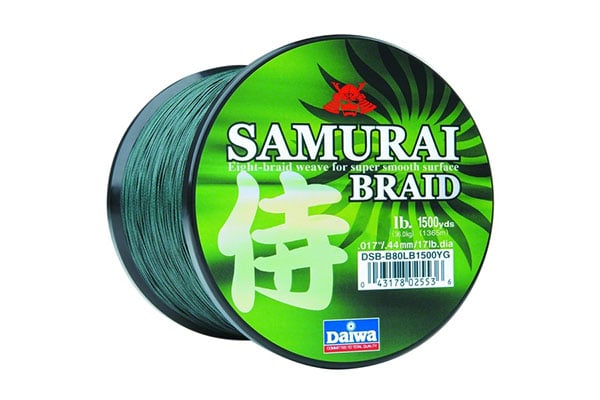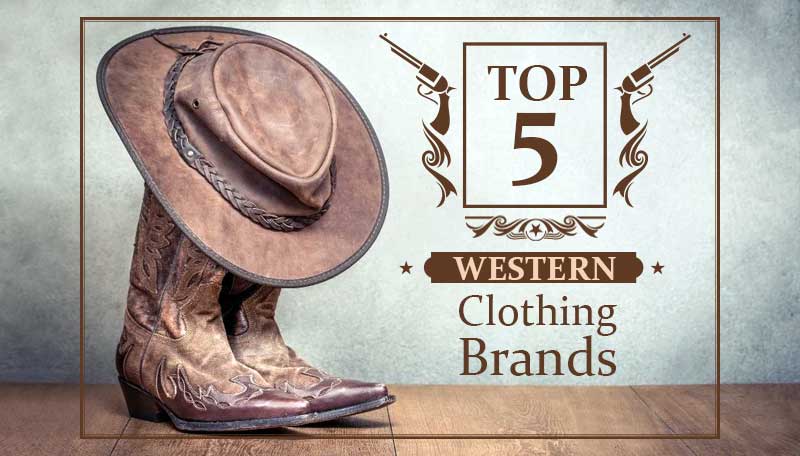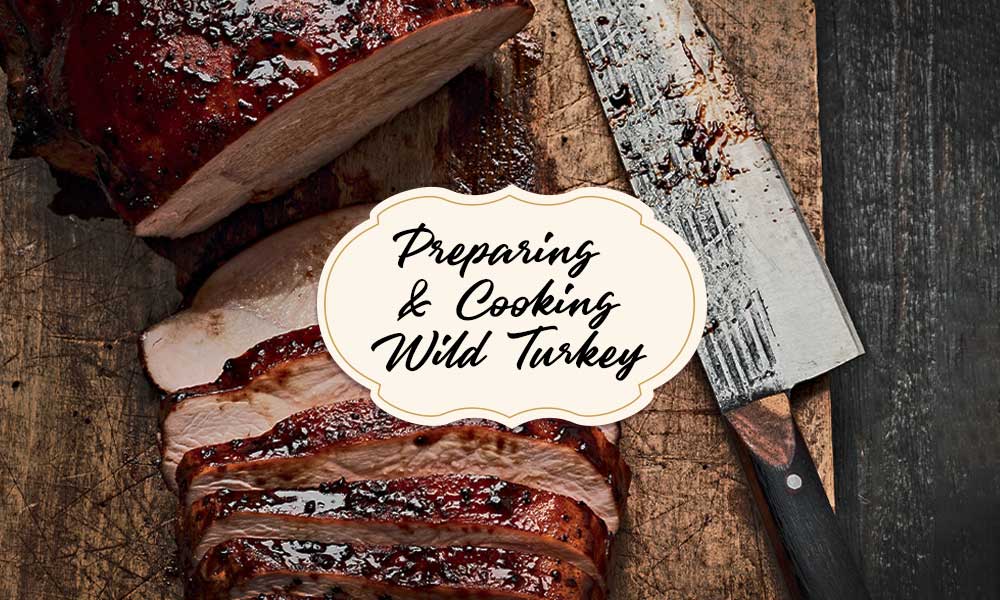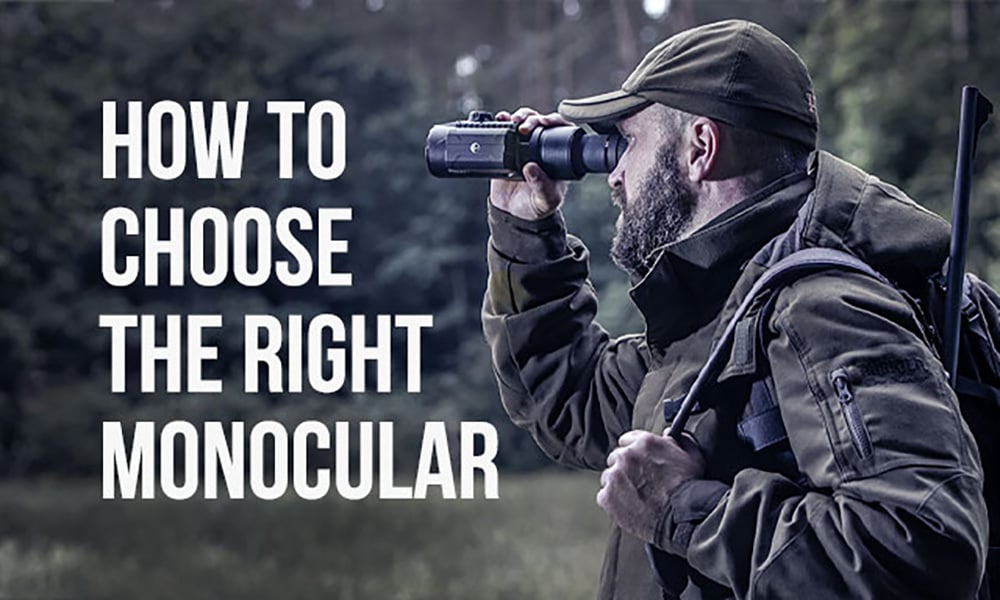Buying outdoor gear based on marketing labels alone is like picking a car just because of its paint color.
Before we go deeper into the topic, let’s just get one thing straight: waterproof and water resistant are not the same thing. The terms actually refer to different approaches to water management and, basically, represent two levels of water protection.
Unfortunately, some manufacturers and retailers throw around these terms without much regard for what they actually mean. This makes customers confused. Additionally, many outdoor enthusiasts use these terms interchangeably, further contributing to the confusion.
What Water Resistant Actually Means
Water-resistant jackets and hiking shoes are designed to protect you from light and short exposures to moisture, like splashes, drizzle, or short, mild rain. Essentially, water-resistant clothing and footwear only lessens water penetration but they won’t block water when exposed to serious amounts, like when crossing creeks or caught in heavy rain.
The technology behind water resistance typically involves tightly woven fabrics or materials with light coatings that create a barrier against water. However, this barrier has its limits. When faced with sustained pressure or prolonged exposure, water will eventually find its way through.
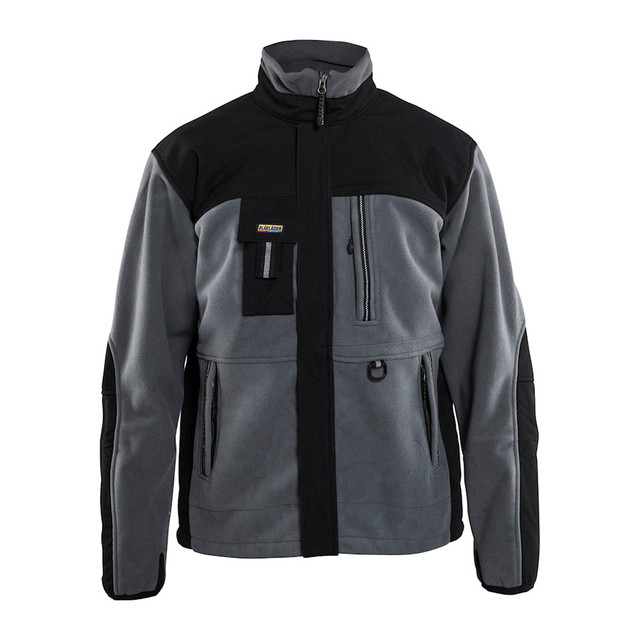
BLAKLADER 4855 Two Fisted Fleece Jacket
$149.95
Price accurate at time of writing
Specs:
- 3-layer Polyester/PU, Windstopper Type, 14 oz
- Reinforced shoulders, sleeves and sides
- High collar with zipper; D-ring
- Robust hidden one-way plastic zipper
- Chest pocket with zipper; Document pocket in back; Front pockets with zipper; Telephone pocket
- Extended back, Adjustable hem with drawstring; Extended cuff with thumb hole and elasticated hem
- Anti-pilling treated 3-layer fleece; Wind- and waterrepellent; Oeko-Tex 100 certified material
Let’s have a closer look at this jacket from Blaklader. It sits firmly in the water-resistant category because it features a wind- and water-resistant PU membrane intended to repel light rain and splashes but cannot withstand heavy or prolonged exposure to water. Unlike waterproof garments, it lacks fully taped seams to prevent water from seeping through stitching, and its design prioritizes breathability and comfort for active use in tough work environments.

CONDOR OUTDOOR Men's Summit Black Softshell Jacket
$117.25 - $123.55
Price accurate at time of writing
Specs:
- Dual Slider YKK Zipper with Storm-Guard
- Fleece-Lined Stand-Up Collar
- Multiple Pockets for Utility
- Double Layer Reinforced Forearms
- Adjustable Fit for Comfort
- Breathable and Water-Resistant
- Underarm Vent Zippers for Ventilation
- The inner layer features 150 GSM of soft, 100% fleece
Another example here is the softshell jacket from Condor. It features breathable, water-resistant materials and Durable Water Repellent (DWR) coating but focuses more one wind protection and breathability, with features like a Storm-Guard flap and underarm vent zippers. It lacks fully waterproof membranes or taped seams that are essential for complete waterproofing.
On the other hand, this fishing jacket from Striker features a Hydrapore shell with a 5,000mm waterproof rating and fully taped seams as well as waterproof zippers. The 5,000mm rating meets the threshold for waterproof classification in outdoor apparel, protecting against moderate rain, snow, and wet conditions, while features like taped seams, waterproof zippers, and DWR treatment further improve its waterproof performance.
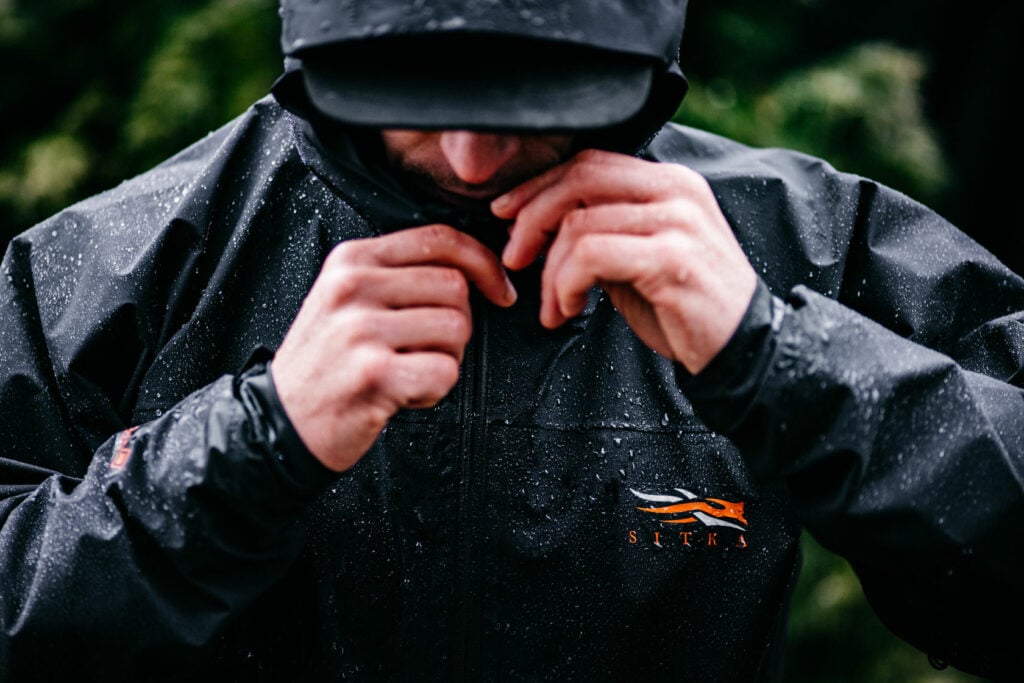
The Definition of Waterproof
True waterproof jackets and footwear are designed to block water penetration completely – at least in theory. Waterproof wear features a complete barrier that protects from long and high-pressure exposures and even submersions, depending on the specific product.
Here’s what you need to understand: rubber and well-cared-for natural leather are the only genuinely waterproof materials. We also have neoprene, which is essentially synthetic rubber, but whether it’s waterproof depends on the manufacturing process. Technically speaking, only closed-cell neoprene is truly waterproof. Yep, most gear labeled as “waterproof” isn’t actually waterproof by the strictest definition.
Why not just throw on a pair of rubber boots and call it a day? Because of the problem of the balance between waterproofing and breathability. Any material that completely blocks water will also block air circulation. Rubber boots are 100% waterproof, but they’re also 100% non-breathable. After a few hours of hiking, you’ll be as wet from sweat as you would have been from rain.
Don’t get it wrong, rubber boots are still great but only for low-activity tasks. Otherwise, you’ll get too hot in them. Same true for closed-cell neoprene. However, boots made from neoprene, like Muck Boots amd Xtratuf, are warmer and more comfortable than rubber boots, which make them suitable for a broader range of tasks.
So, 100% waterproof boots and garments are great for low-output tasks to prevent overheating.
The key to crafting waterproof clothing and footwear gear for high-output actilities that actually work is using materials that block water from the outside while allowing moisture vapor from your body to escape. This is where modern membrane technologies like Gore-Tex come into play. These materials have microscopic pores that are too small for water droplets to pass through but large enough for water vapor to escape.
Waterproof/breathable membranes are used in clothing and footwear for hunting, fishing, hiking, winter sports, and other outdoor activities that require weatherproof wear.
So, no matter what manufacturers claim, any porous material is susceptible to water penetration at some point. Good news is that well-engineered waterproof clothing and boots hold up to water for an impressive amount of time while still being decently breathable.
Remember, the best waterproof gear represents a carefully engineered compromise between waterproofing and breathability.
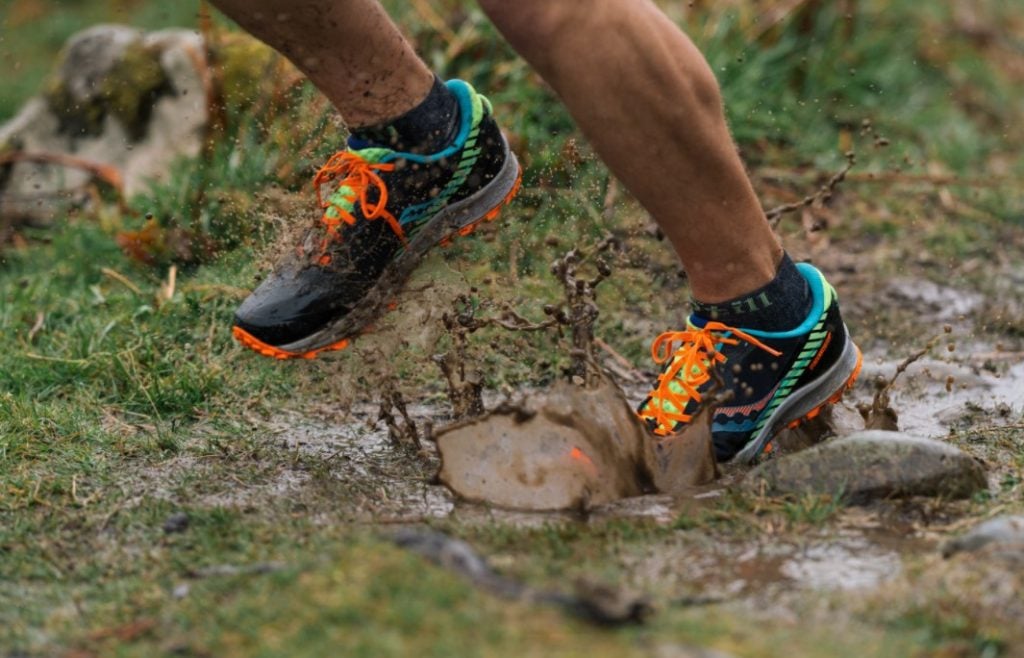
Waterproof Ratings, Explained
Not all waterproof/breathable membranes are made equal, you know. To access the level of protection the garment in question has to offer, you need to see its waterproof rating.
Waterproof ratings use millimeters (mm) to measure how much water pressure a fabric can handle before it starts leaking. Think of it as a water column test – manufacturers literally stack water on top of the fabric until it penetrates through.
0-5,000mm: Your basic protection level. Typically considered water-resistant. These garments can handle light rain or snow and brief exposures.
5,000-10,000mm: Often considered the entry-level for waterproof garments. Suitable for moderate rain or snow but may not hold up under extreme conditions. Most day hikers and casual outdoor enthusiasts will find this level adequate.
10,000-15,000mm: Now we’re talking serious weather protection. Considered fully waterproof for most outdoor activities. This range tackles moderate rain and wet snow.
16,000-20,000mm: Heavy-duty protection for serious conditions. If you’re planning to be out in driving rain or dealing with high-pressure water exposure, this is your sweet spot.
20,000mm+: High-performance waterproofing for extreme conditions, such as mountaineering or prolonged exposure to heavy rain.
Breathability Ratings, Explained
Breathability gets measured in grams per square meter per 24 hours (g/m²/24h). This tells you how much moisture vapor can pass through a square meter of fabric in a full day. Higher numbers mean better breathability.
Under 10,000 g/m²/24h: Limited breathability. Good for low-activity tasks.
10,000-15,000 g/m²/24h: Decent breathability for moderate activities. Good for steady hiking or light work.
15,000+ g/m²/24h: High breathability. If you’re planning high-output activities like trail running or aggressive hiking, this is where you want to be.
The trick is finding gear that balances both ratings effectively. A jacket with 20,000mm waterproofing but only 5,000 breathability will keep rain out but turn you into a sweaty mess. Conversely, super-breathable gear with low waterproof ratings will leave you soaked in anything more than light moisture.

DC Men's Command 45K Technical Snow Jacket
$119.99 - $239.99
Price accurate at time of writing
Specs:
- SympaTex sustainably functional membrane
- Weather Defense 45K (45,000 mm/ 30,000 g)
- Fluorine-free Durable Water Repellent (DWR) fabric treatment
- Full zip with flap closure
- Hooded neck
- Zippered hand warmer pockets; Zippered chest pockets; Zippered sleeve pass pocket
- Mesh-lined armpit venting
- DWR-coated fixed waist gaiter; Lycra cuff gaiter
- 2-way hood cinch system; Jacket-to-pant connection system
Now, let’s take a look at this snow jacket by DC. It’s clearly waterproof, and here’s why. The jacket features a 45,000mm waterproof rating (45K), meaning it can withstand extremely high water pressure. The membrane used is SYMPATEX known for its high-performance waterproofing and breathability (30,000g/m²/24h). Additionally, it features fully taped seams, DWR, and water-resistant zippers.

GILL Men's Apex Pro-X Black Jacket
$318.75
Price accurate at time of writing
Specs:
- 100% Nylon
- XPLORE+ 3 layer fabric construction
- XPEL water and stain repellent fabric finish
- Fully taped seams for a waterproof seal
- Vortex hood technology streams airflow to keep hood in place
- YKK AquaGuard front zip
- Multiple zippered pockets
- Adjustable double cuff with PU inner seal for watertight comfort
- Adjustable shock cord hem
Another example is this waterproof Gill jacket. It is engineered with a 20,000mm+ waterproof rating and features a 3-layer fabric construction enhanced with with a proprietary water and stain repellent fabric finish and fully taped seams.
The DWR Factor
Durable Water Repellent (DWR) coatings deserve special attention. This treatment makes water bead up and roll off your gear’s surface instead of soaking in, increasing the fabric’s resistance to water.
The thing is, DWR isn’t permanent. It wears off from abrasion, dirt, and body oils. When your jacket starts “wetting out” and water no longer beads up but spreads across the surface – it’s time to refresh the DWR coating.
Matching Ratings to Activities
Your activity level determines what ratings you actually need. Static activities like stand hunting or photography prioritize waterproofing over breathability. You’re not generating much body heat, so keeping external moisture out matters most.
High-exertion activities flip this priority. Trail running, aggressive hiking, or pack-heavy hunting expeditions generate significant body heat and moisture. For these activities, breathability becomes critical – you need that moisture vapor to escape.
For most outdoor enthusiasts, gear in the 10,000-15,000mm waterproof range with 15,000+ g/m²/24h breathability offers the best balance of protection and comfort. This provides adequate weather protection while preventing the clammy feeling that comes with poorly breathable gear.
Specialized activities may push you toward higher ratings. Alpine climbing, extended backcountry hunting, or working in consistently wet conditions justify investing in premium ratings. But for weekend warriors and casual outdoor users, mid-range ratings deliver excellent performance without the premium price tag.
Seam Sealing and Construction
Even the best-rated fabric or membrane means nothing if water sneaks through the seams. Fully sealed seams use tape or welding to eliminate potential leak points. Bound seams, on the other hand, are simply sewn together – they’ll leak under pressure no matter how waterproof the base fabric claims to be.
Quality waterproof gear features sealed seams throughout, not just in critical areas.
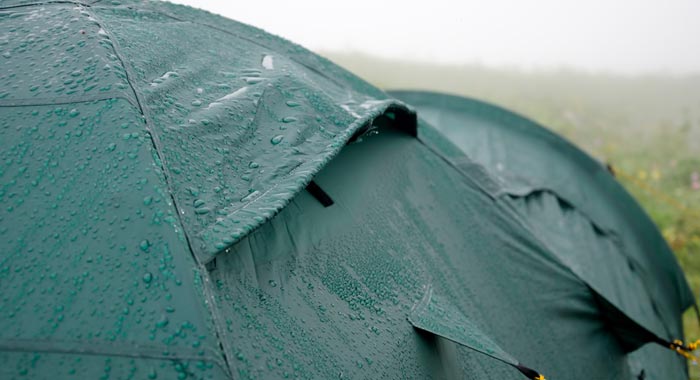
Water Resistant vs Waterproof: How to Spot the Difference and What to Look For
For Clothing and Outerwear
Waterproof indicators:
- Membrane construction (Gore-Tex, eVent, or other laminated membranes)
- PU (polyurethane) coatings
- Sealed or taped seams
- Waterproof zippers or storm flaps
- Specific pressure ratings (measured in millimeters of water column)
Water resistant indicators:
- DWR coatings only
- Tightly woven nylon or polyester
- Canvas with water-resistant treatments
- Standard sewn seams
- Use terms like “sheds light moisture”
For Footwear
Waterproof indicators:
- Neoprene with waterproof/breathable membrane liner
- Rubber overlays
- Full-grain leather with proper waterproof treatments, synthetic materials with bonded waterproof linings
- Sealed seams throughout
- Gusseted tongues
Water resistant indicators:
- Treated leather or synthetic uppers
- Standard stitched construction
- No membrane liner mentioned
- Traditional tongue construction
For Other Outdoor Gear
Waterproof indicators:
- Welded seams instead of stitched
- Waterproof zippers throughout
- Submersion ratings for electronics
- Taped or welded seams
- Roll-top closures for backpacks
Water resistant indicators:
- Water repellent coatings
- Splash-proof ratings
- Weather-resistant construction
- Protective covers or flaps
Water resistant means the material can resist water penetration to some extent but is not completely impervious. It can withstand light rain, splashes, or brief contact with water, but will eventually let water through if exposed for a longer period or under pressure.
Water-repellent refers to a surface treatment that causes water to bead up and roll off fabric. This is typically achieved through DWR (Durable Water Repellent) coatings applied to the outer layer of garments.
Water repellent materials have a surface treatment that causes water to bead up and roll off, offering higher protection than water resistant fabrics, which can resist water penetration to some degree but may eventually allow water through with prolonged exposure. Water repellent is more effective for keeping water out in the short term, while water resistant is suitable for light rain or splashes.
No, in clothing, water resistant is not the same as waterproof. Water resistant offers limited protection against light and short exposures, whereas waterproof membranes can handle more serious exposures, even heavy rain or submersion (depending on the membrane design).
Weatherproof is a broader term that encompasses protection from various weather elements including wind, rain, and snow, but it’s less specific than waterproof when it comes to water protection standards.
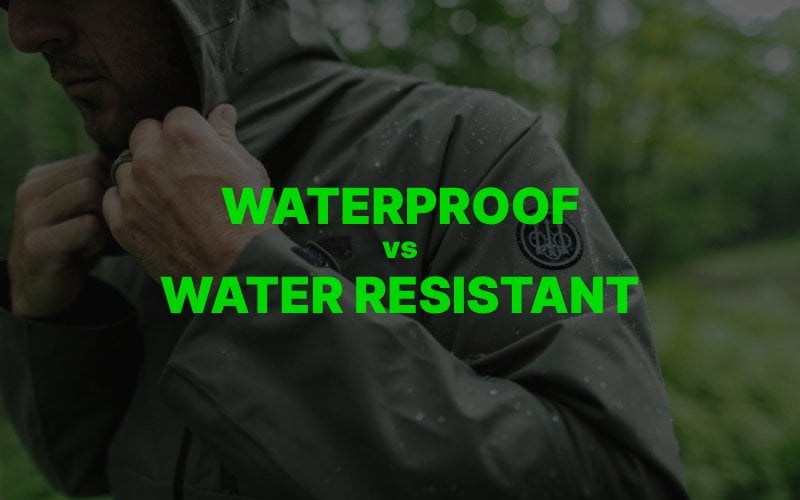
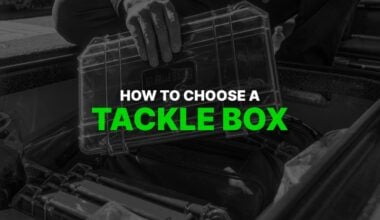
![Hot Weather Summer Camping [Tips & Gear Recommendations] 10 summer camping in hot weather](https://blog.gritroutdoors.com/wp-content/uploads/2025/07/summer-camping-in-hot-weather-380x220.jpg)
